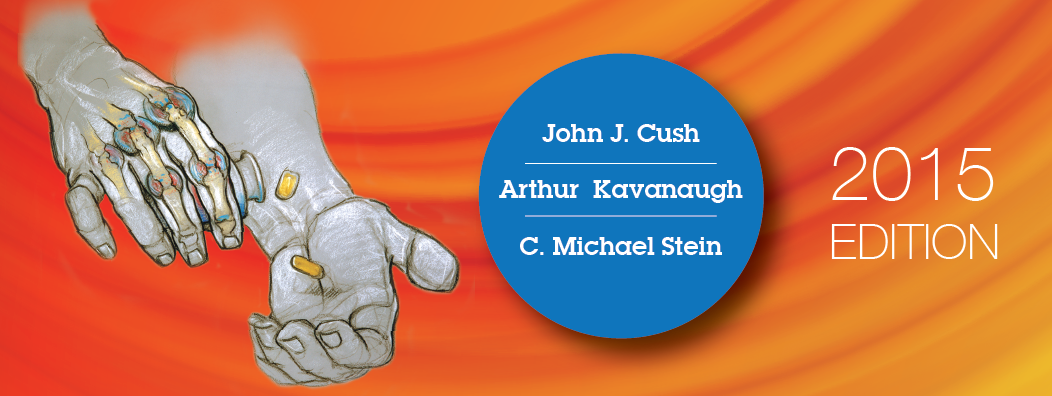Fentanyl
Last updated: October 17, 2014
Trade Names: Duragesic
Drug Class: Opioid analgesic
Preparations: Transdermal system: 12 mcg/h (5 cm2), 25 mcg/h (10 cm2), 50 mcg/h (20 cm2), 75 mcg/h (30 cm2), 100 mcg/h (40 cm2)
Dose: Use only in patients who have already used opioids who require round the clock analgesia. For pain control in adults initially use the transdermal 12 mcg/h or 25 mcg/h system and titrate according to response. Most patients require application every 72 hours. Apply to dry, non-hairy skin on trunk or upper arms.
Indications: Chronic intractable pain not responding to other therapies including immediate release opioids
Mechanism of Action: Binds to opioid receptors in CNS
Contraindications: Hypersensitivity to fentanyl, substance abuse, mild pain, intermittent pain, pain only requiring analgesia for a short period of time, not already opioid tolerant, MAOIs, paralytic ileus
Precautions: Use caution in patients with hypersensitivity to other opioids, the elderly, respiratory disease, renal or hepatic impairment. Decrease dose if hepatic or renal impairment. Interactions with CYP450 3A4 inhibitors. Use in non-opioid tolerant patients can cause fatal respiratory depression.
Monitoring: Ensure that drug is used to control pain. Potential for abuse and diversion.
Pregnancy Risk: D, neonatal abstinence syndrome
Adverse Effects
Common: Drowsiness, constipation, dysphoria, nausea, hypotension, bradycardia
Less common: CNS stimulation, insomnia, seizures, respiratory depression, dependence, itching, hives
Drug Interactions
Cytochrome P4503A4 inhibitors: CYP3A inhibitors such as ritonavir, nelfinavir, ketoconazole and other azoles, trolandeomycin, erythromycin, clarithromycin, verapamil, diltiazem and nefazodone increase fentanyl concentrations and monitoring and dose adjustments are needed.
Cytochrome P4503A4 inducers: CYP3A inducers such as rifampin, carbamazepine and phenytoin increase metabolism of fentanyl and can lower levels.
CNS depressants: Increased toxicity
MAOIs: Avoid. Risk of hypertensive crisis
Patient Instructions: Drug is addictive. Use only to control pain. Do not use with alcohol or other CNS depressants. Impairs driving and ability to operate machinery. Do not expose patch to heat while wearing. Chewing patch can result in death. Used patches should be folded and flushed down toilet. Keep patches (new and used) away from children. Do not use damaged patches. Give patients written detailed patient information literature. http://www.duragesic.com/patient-information.html
Comments: The respiratory depressant effect may last longer than the analgesic effect. Absorption from the patch increases in patients with fever. Patch is suitable for continuous pain, but its slow onset of action makes it unsuitable for immediate pain control. Levels decrease slowly after patch removed (50% decrease in 13-22 h).
Clinical Pharmacology: Slow absorption from transdermal preparation; time to maximal concentration approx 30h; after application of a new dose, evaluate analgesic effect after 24-48 hours. Hepatic metabolism by CYP3A4 and urinary elimination as metabolites.
Cost: $$$$
BIBLIOGRAPHY
Pergolizzi J, Böger RH, Budd K, et al. Opioids and the management of chronic severe pain in the elderly: consensus statement of an International Expert Panel with focus on the six clinically most often used World Health Organization Step III opioids (buprenorphine, fentanyl, hydromorphone, methadone, morphine, oxycodone). Pain Pract. 2008 Jul-Aug;8(4):287-313. PMID:1850366
Kornick CA, Santiago-Palma J, Moryl N, Payne R, Obbens EA. Benefit-risk assessment of transdermal fentanyl for the treatment of chronic pain. Drug Saf. 2003;26:951-73. PMID:14583070


